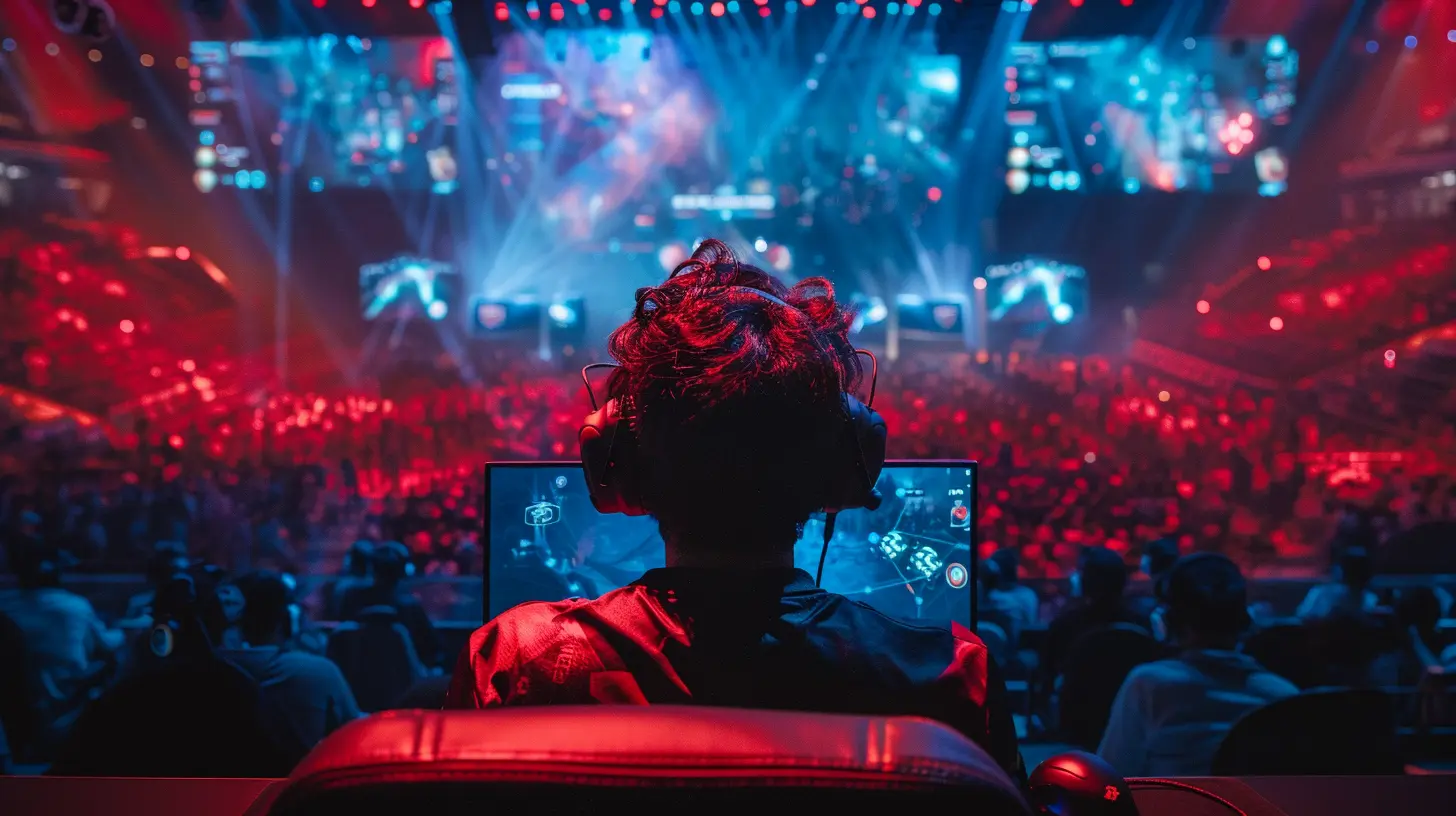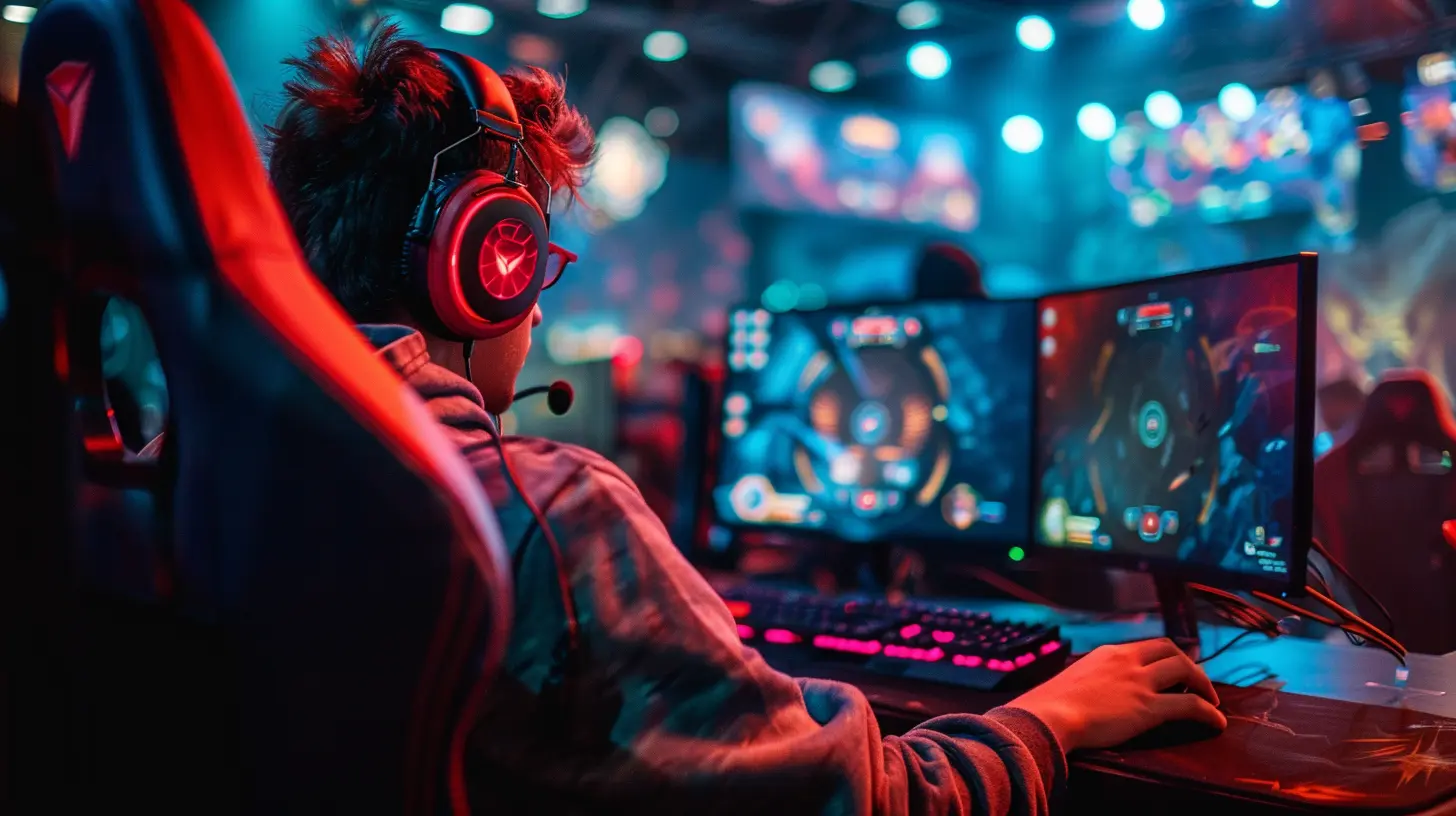Cross Platform Play in Competitive eSports
22 November 2025
Gamers, let’s talk about something that’s been shaking up the world of competitive eSports lately—cross platform play. This feature isn't just a shiny buzzword anymore. It’s rapidly becoming the backbone of how modern gamers connect, compete, and climb the ranks. Whether you're sniping from a high-end gaming PC or building worlds on your trusty console, cross-play is breaking down walls and creating a whole new level of competition.
But is it all sunshine and headshots?
Let’s dig into the nitty-gritty of how cross platform play is impacting competitive eSports, both the good and the not-so-good.
What Exactly Is Cross Platform Play?
Cross platform play, or cross-play, simply means that players using different types of gaming hardware—like PC, Xbox, PlayStation, and even mobile—can all play together in the same game.Sounds simple enough, right? But under the hood, it's like trying to tune a race car, a monster truck, and a bicycle to compete on the same track. Developers have to balance gameplay across vastly different systems with their own control styles, graphical capabilities, and performance levels.
In casual games, that’s no biggie. But in competitive eSports, where millisecond timing and pinpoint accuracy can win or lose a tournament, cross-play can be a whole different beast.
A Game-Changer for Accessibility and Community Building
Let’s start with the obvious win: accessibility. Cross platform play tears down the silos that used to keep players apart.Imagine training for months to compete in your favorite shooter, only to find out your PC buddies are in a different player pool than your console crew. That’s a thing of the past now. With cross-play, everyone can play together, which means:
- Bigger player bases
- Shorter queue times
- More diverse competition
This is huge for games like Call of Duty: Warzone, Fortnite, and Rocket League, which rely on massive multiplayer ecosystems to stay alive and exciting.
And let’s not forget the social side. Gaming is more fun when you can play with friends, no matter the device. Bridging those platform gaps builds stronger communities and more loyal fanbases.
Leveling the Playing Field… Or Not?
Now, here's where things get spicy.Cross-play may bring us all together, but it also introduces a major competitive imbalance—especially in titles where reflex-based gameplay is king. Think about first-person shooters (FPS) or real-time strategy (RTS) games. Mouse and keyboard users often have a natural edge over controller players in terms of aiming precision and speed.
In fact, many PC gamers have a movement and aiming fluidity that just isn’t possible on a console without aim assist.
Wait—what’s aim assist?
It’s a tool designed to help even the odds for controller players, offering light targeting support to compensate for the lack of mouse control. Sounds fair, right? Well, not always. Some players argue aim assist is too strong and creates an unfair advantage for console users.
So now we’ve got a weird dynamic:
- PC players could dominate in raw mechanical skill.
- Console players could rely on assistive technology.
- And mobile players? Well… let’s just say they’re fighting an uphill battle.
Game Developers Are Walking a Tightrope
Balancing mechanics across platforms is no easy task. Developers have to weigh:- Platform performance (FPS, resolution, input latency)
- Control schemes (keyboard vs. controller vs. touchscreen)
- Anti-cheat protocols across systems
- Input-based matchmaking
Yes, input-based matchmaking is a real thing now, and it's one of the main ways developers are trying to balance cross-play in competitive eSports.
So, if you’re using a controller, you’ll likely be matched against other controller users—regardless of whether they’re on PC or console. This helps keep things fair and avoids giving one group an unfair upper hand.
But this kind of matchmaking can also fragment the player base and slow down matchmaking for ranked modes.
The eSports Scene: Adoption and Concerns
As much as cross platform play has revolutionized online multiplayer, its place in the professional eSports world is still controversial.Where Cross-Play Works
Games like Fortnite, Rocket League, and Call of Duty have embraced cross-play in both casual and competitive formats. Tournament organizers often set specific hardware standards or use input-based categories to level the field.Even titles like Apex Legends are slowly moving toward standardized cross-competitive formats, though strict tournament guidelines are still enforced.
Where Cross-Play Gets Tricky
In more traditional eSports titles—like Counter-Strike 2, League of Legends, or DOTA 2—cross platform play isn’t even on the table. Why? Because these games are finely-tuned for PC gameplay. Adding consoles into the mix would require an enormous overhaul in balance and UI.Also, let’s not forget the financial and logistical side of things. Running a tournament with cross platform players requires coordination across multiple hardware ecosystems, input types, and network infrastructures. That’s not only expensive—it’s a nightmare to regulate.
Keyboard vs. Controller: The Never-Ending Debate
We can’t talk about cross platform in eSports without diving deep into the keyboard vs. controller war.This age-old argument has only intensified with cross-play. Let’s be real—mouse and keyboard provide more precision, faster input, and greater control mapping. That’s why most top-tier eSports tournaments are still dominated by PC players.
But enter the aim assist debate again. As console players lean on increasingly refined aim assist mechanics, PC players are increasingly crying foul, saying it’s like giving someone training wheels in a championship race.
To be fair, balancing these input methods is incredibly hard. But until that balance feels right to most gamers, this is a hill many will continue to die on.
Competitive Integrity: Is It at Risk?
Here’s the million-dollar question: does cross platform play compromise competitive integrity?In some ways, yes. It introduces variables that go beyond pure skill—like hardware differences and assisted aiming. These factors can muddy the waters in high-stakes situations where even the smallest imbalance could decide a match.
That’s why many pro tournaments still restrict players to specific setups for fairness. And don’t be surprised if future eSports leagues start dividing competitions by platform or input type to keep things as even as possible.
The Future of Cross Platform eSports
Despite its challenges, cross platform play isn’t going anywhere. In fact, it’s only going to grow.Why? Because:
- It unifies player bases
- It extends the life of games
- It opens up eSports to wider audiences
We’re already seeing developers double down on cross-play infrastructure. Many new titles now launch with day-one cross platform support, and that trend is expected to accelerate.
Does this mean the end of platform-exclusive tournaments? Not necessarily. But it does mean more hybrid events, more inclusive player pools, and a bigger stage for gamers everywhere.
What Needs to Happen Next?
If competitive eSports is going to fully embrace cross-play, a few things need to improve:1. Better balancing across platforms – Developers need to refine aim assist, tweak input latency, and optimize UI for all devices.
2. Unified anti-cheat systems – Cheating is easier on some platforms than others, and that’s a big security concern in competitive spaces.
3. Transparent matchmaking systems – Players need to know who they're playing against and how their inputs are being matched.
4. Standardized tournament rules – Input-based restrictions, platform-specific guidelines, and hardware specs should be publicly regulated and enforced.
Only by tightening the rules and tech under the hood can cross platform play be seen as a viable future for high-level competitive gaming.
Final Thoughts
Cross platform play in competitive eSports is like mixing different martial arts styles in one big tournament. It’s thrilling, it’s unpredictable, and it’s pushing the entire industry forward. But it also brings up fair questions about balance, integrity, and what it really means to be a top-tier player.As the tools evolve and developers fine-tune the experience, expect more debates, more innovation, and—most importantly—more chances for players of all kinds to prove their worth on a global stage.
Because at the end of the day, eSports isn't just about the platform—it's about the passion, the grind, and the glory of the game.
all images in this post were generated using AI tools
Category:
Cross Platform GamingAuthor:

Brianna Reyes

